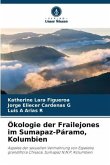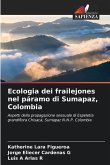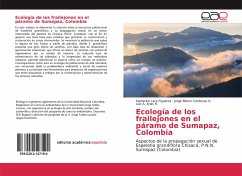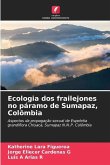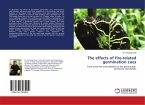In this work we determined the relationship between the population structure of Espeletia grandiflora and its sexual propagation in a disturbed sector of the Chisacá páramo (Sumapaz N.N.P.), in order to generate a baseline for studies that allow its conservation and restoration in disturbed areas. The population surrounding the Los Tunjos lagoon was sampled through plots, where E. grandiflora has a large supply of seeds, with low dispersal and seasonal germination rate, which forms a seed bank with regenerative potential due to its dormancy. The reduced survival rate of the seedlings and the longevity of its mature individuals, allows determining the species as a non-pioneer ecotype. Research like this in the ecology of high mountain populations is necessary given the environmental and social problems of our páramos and constitutes a tool for projects of organizations that are willing to work for the conservation and management of natural resources.


